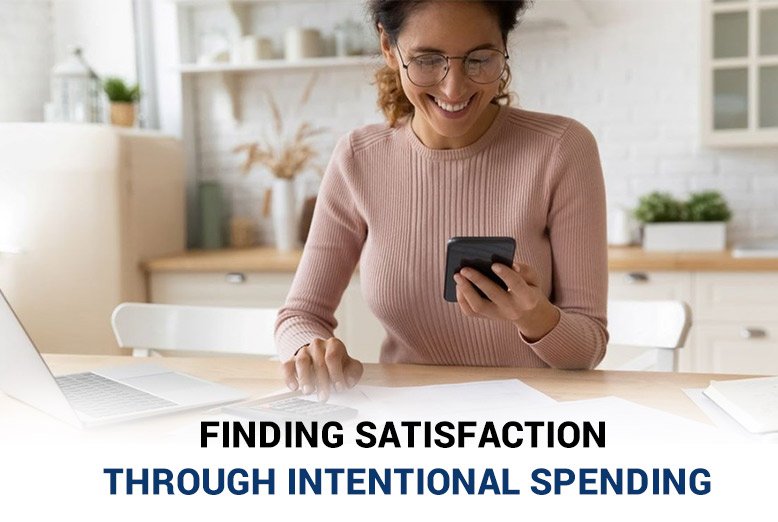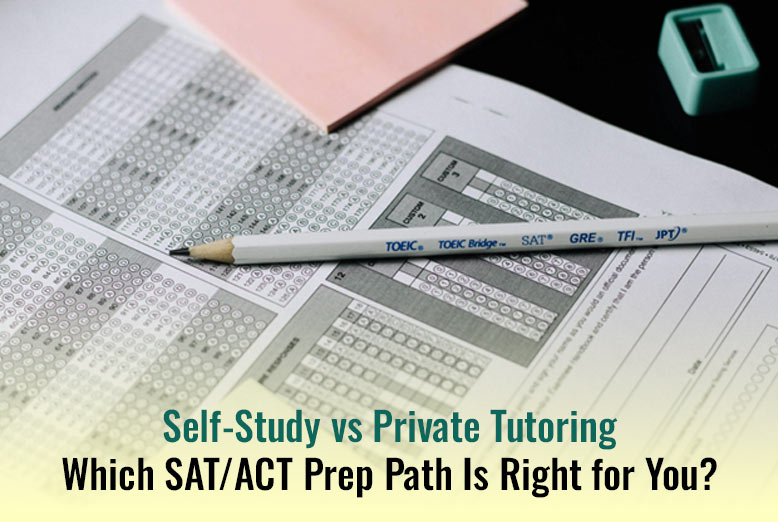When we think about spending money, we often focus on what we’re buying or how much we’re saving. But what if the real key to happiness with money isn’t about how much you spend or save — but how intentionally you do it?
Intentional spending is all about making financial choices that line up with your personal values and long-term goals. Instead of mindlessly swiping your card or falling into impulse buys, you pause and think: Does this purchase really support the life I want?
If you’ve ever struggled with debt or are working through personal finance debt relief, you might already understand the power of being thoughtful with your money. When every dollar matters, you start paying more attention to where it goes. But intentional spending isn’t just for people dealing with debt — it’s a mindset shift that can help anyone find more satisfaction and less stress in their financial life.
Discover What Really Matters to You
Before you can spend intentionally, you need to know what actually matters to you. This sounds simple, but a lot of people never take the time to figure it out.
Start by asking yourself: What makes me feel happy and fulfilled? What experiences or goals do I value most?
For some, it might be traveling and experiencing new cultures. For others, it could be spending more time with family, investing in health, or saving for a dream home. Write these things down and keep them somewhere visible.
When you understand your true priorities, it becomes easier to make spending decisions that support them — and to say no to things that don’t.
Track Your Spending Without Shame
A big part of intentional spending is knowing where your money is going right now. Go through your last few months of expenses and write down every purchase.
Don’t judge yourself while doing this. The goal isn’t to feel guilty but to learn. Notice patterns. Maybe you’re spending a lot on takeout when you’d rather be saving for a weekend getaway. Or maybe you’re paying for subscriptions you don’t even use.
This awareness is the first step to making more intentional choices.
Make a Plan That Reflects Your Values
Once you know your values and where your money is currently going, it’s time to create a plan that connects the two.
Start with essentials like rent, utilities, and groceries. Then, set aside money for your bigger goals — whether that’s paying extra toward personal finance debt relief, building an emergency fund, or saving for a future adventure.
Finally, decide how much to allocate to “fun” spending. This is important because cutting out all enjoyment isn’t sustainable. The key is to make sure even your fun spending lines up with what truly brings you joy.
Pause Before You Buy
One powerful tool for spending more intentionally is to pause before making a purchase. When you feel the urge to buy something, ask yourself: Will this bring me closer to my goals? Does it support my values?
Some people use the 24-hour rule — if you still want it after a day, then it might be worth it. This small pause can prevent a lot of impulse purchases and help you feel more confident about your choices.
Celebrate Purchases That Align With Your Values
When you do spend money on something that supports your goals, celebrate it! Whether it’s a plane ticket to visit family, a new class to learn a skill, or a payment toward personal finance debt relief, feel good about that choice.
These purchases are investments in your happiness and future, and they deserve to be recognized and appreciated.
Learn to Let Go of Comparison
A big barrier to intentional spending is comparing yourself to others. It’s easy to see friends posting about new clothes, fancy dinners, or luxury vacations and feel like you’re missing out.
But remember: Your goals and values are unique to you. What makes someone else happy might not make you happy at all.
Focus on your own path, and remind yourself that you’re choosing satisfaction and peace over trying to keep up with someone else’s highlight reel.
Check In and Adjust Regularly
Intentional spending isn’t a one-time decision. Life changes, and so will your goals and priorities.
Set aside time every few months to review your spending plan and see if it still feels right. Are you still working toward the same goals? Have your values shifted?
Adjust your plan as needed to make sure your money is still working for you, not against you.
Final Thoughts
Intentional spending isn’t about strict rules or depriving yourself. It’s about making choices that help you feel more satisfied, more in control, and more aligned with the life you want.
Whether you’re paying off debt through personal finance debt relief or just trying to make the most of your paycheck, spending with intention can help you feel more at peace with your money.
Start today by getting clear on your values and taking small steps to connect your spending to what really matters to you. You’ll likely find that the more intentionally you spend, the more fulfilled and free you’ll feel — and that’s worth every penny.
Also Read: The Influence of Social Pressure On Your Spending







